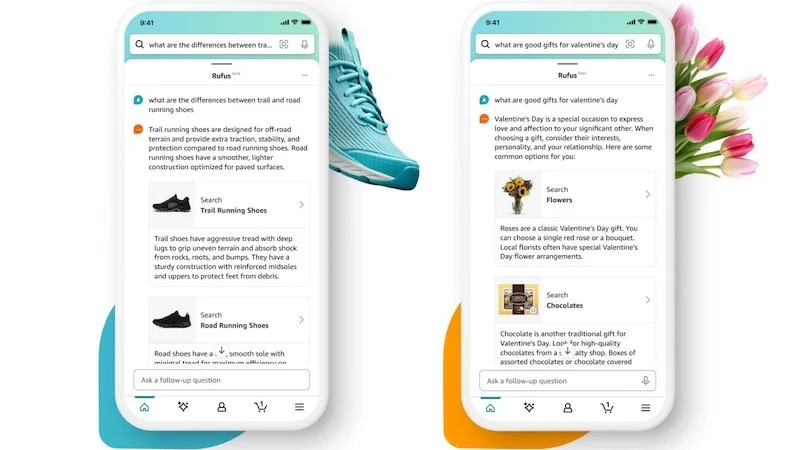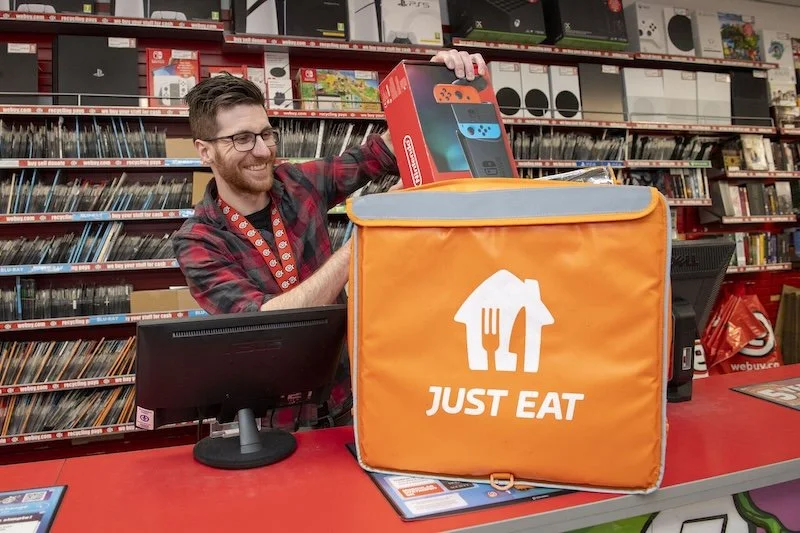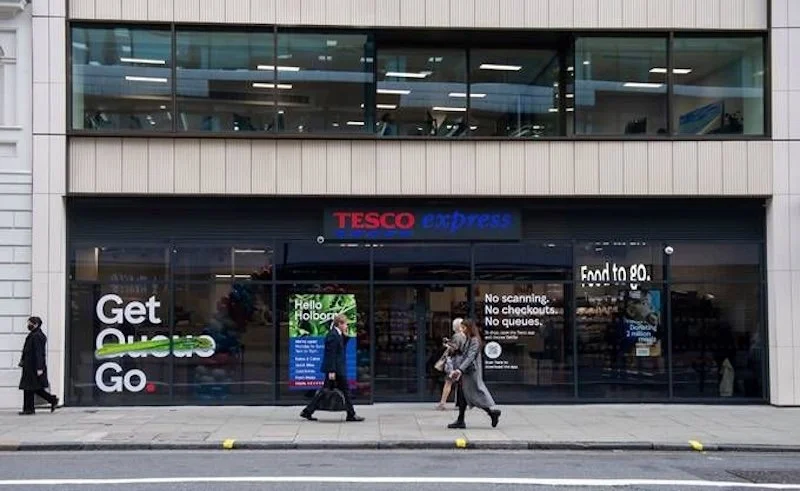The power of downloadable shopping catalogs in e-commerce
Companies are always looking for new ways to engage customers, build trust, and ultimately have more sales. One underutilised yet highly effective tool in this endeavor is the downloadable shopping catalogs.
These catalogs are often found in the form of PDFs or interactive files and they can be a solid link for businesses to connect with their audience. A well designed shopping guide can elevate the customer experience and make decisions about buying products easier.
Did you know that out of total worldwide sales, e-commerce holds 20%? There are four trillion US dollars in e-commerce revenue worldwide estimated for this year, but this number can easily grow in the future.
So, what role do downloadable shopping catalogs have in e-commerce? Let’s find out.
What is a downloadable shopping catalog?
It’s like a menu from the restaurant, only on a higher level. It’s a digital resource where you can find detailed information, tips, and insights about products or services, so you can choose the ones you’re after and maybe shop for more than that. You never know what you need until you actually see it, right?
Unlike traditional product descriptions or webpages, these catalogs go deep into product categories. They do comparisons and even give purchasing advice. What’s best, once you learn how to combine PDF files, you can present to customers a single document with lower storage space for their devices. People can download catalogs and take a look whenever they’re ready to make a purchase.
Shopping catalogs can offer so much potential to your company, all while they help your consumers. For instance, you can help people understand technical specifications or offer some lifestyle advice (e.g. ‘How to choose the perfect running shoes’ or ‘Ultimate guide to your next Halloween read’). The best part is that they can be personalised and thus inspire trust and show authority on the subject.
Why downloadable shopping catalogs are gaining popularity
Valuable resources for decision-making
Online shopping can often feel overwhelming. It’s only natural, considering the world of the internet is vast and the choices are literally infinite. Different brands and price points can make shoppers struggle to make an informed choice about what’s right for them. And just when they think it’s done, the product is in the cart and paid, when the same project for better prices pops up.
Downloadable shopping catalogs can simplify the process by swarming relevant information in one place, thus helping customers be more confident when it comes to shopping. Sometimes only a product and a price are not enough–you need to tell them why they need exactly that product and none other. Shopping catalogs are great places for that.
So, like we said, these catalogs offer buyers context, which is often missing from standard product listings. Rather than being bombarded with isolated product details, you can present to customers a cohesive story or journey that goes well with their needs.
For example, a catalog on buying outdoor camping gear might walk users through the essentials like tents, sleeping bags, and portable stoves. That way, they get to see how each item fits into the broader picture of a successful camping trip.
Authority building and trust
With a downloadable catalog you can position your company as a knowledgeable reader in the field.
Consumers trust companies that go the extra mile to educate them. You can offer a detailed, professionally crafted shopping guide and establish a brand as a trusted advisor in its niche. It shows that you understand the industry, you know what the audience wants, and you’re invested in your customers’ satisfaction.
What’s more, trust is a cornerstone of e-commerce success. People are far more likely to purchase from a brand they see as knowledgeable and helpful rather than one that is only focused on sales.
It’s like having two shops. Customers in one shop, for every question they ask, get only one answer: ‘Everything is on the wall.’ But in your shop, you show them around, you talk with them, talk about products and how they’re going to improve their lives. Just think about it–where would you rather shop?
Engaging and interactive content
Shopping catalogs don’t have to be limited to plain text. You can add engaging elements like infographics, comparison charts, interactive features, and even embedded videos. Just in case you have any complex information, with these elements they would be easier to digest. Plus, they’ll be an experience not so easy to forget.
For instance, an e-commerce store selling beauty products might create a skincare guide that includes product comparisons for different skin types. These could also be video tutorials on how to apply certain items. And when it comes about engaging features, how about a quiz to help users identify their skin concerns.
Lead generation tool
Many e-commerce platforms use shopping catalogs as gated content. What does that mean? It means customers must provide their email address or other contact information in exchange for access. This strategy is not sneaky at all - it is an effective way of building an email list that you can use for future marketing efforts. You can later send people promotional campaigns or personalised recommendations.
Shoppers won't mind either. They’re often willing to trade their contact details for high quality and useful content. If you as a brand can demonstrate the value of the catalog upfront (e.g. by showing a preview or highlighting the benefits), potential customers are more likely to engage and provide the information needed.
This method has another purpose as well–it’s good in filtering less interested people, impatient or skeptical parties. That way you’ll get on your list more qualified and genuinely interested people in what the brand has to offer.
Creating shopping catalogs for specific audiences
There are different ways on how you place commercials for bookshops and for pastry shops. Led by that logic, not all downloadable shopping catalogs should take the same approach. Different audiences have varying needs and preferences, a uniform guide won’t do the trick.
What you can do is divide your audience according to their preferences and their expertise. For instance, you can create one type of shopping catalog for novices, the other one for experts. You can also make product-based catalogs, or seasonal catalogs.
Why is this division of catalogs convenient?
For novice shoppers, catalogs should be introductory and educational. For them, you can break down complex product categories into simple terms and offer step-by-step explanations. Give them some recommendations based on their level of experience.
For example, a guide about buying photography equipment for beginners could focus on affordable entry-level gear. Add some explaining on basic photography terms and offset tips on starting a photography hobby.
On the other hand, expert guides deal with more advanced topics. In these catalogs you can compare high-end equipment, discuss the pros and cons of premium features, and include detailed technical explanations.
Downloading shopping catalogs can also focus on individual product lines of types of purchases. For instance, a retailer that specialises in fitness equipment might create catalogs specifically for treadmills, home gyms, or yoga accessories. With focus guides you can address niche concerns and go deep into specific products that might otherwise be overlooked in broader marketing efforts.
You can make the catalogs specific by creating seasonal or event-based versions. Let’s say during the holiday season you could release a ‘Holiday Gift Catalog' that focuses on the best selling products for friends, family, and coworkers. Similarly, a summer shopping catalog can focus on outdoor gear, swimwear, and vacation essentials.
What’s more, seasonal catalogs create a sense of urgency and timeliness. Customers looking to make purchases around key shopping events will appreciate your effort in making their shopping simpler.
Benefits of e-commerce brands
The first benefit would be increased conversion rates. You can offer a catalog that talks about common customer concerns, and by doing so you’re reducing their hesitation when it comes to buying certain products.
The next benefit is about enhanced customer retention. More people will come back to your company knowing that you provided them a good source of information (a shopping catalog, in our case). Guides that genuinely help shoppers solve their problems create a positive association with the brand. So, a customer who found a guide helpful can come back for future purchases and recommend the brand to others.
The last benefit concerns SEO. While downloadable shopping catalogs themselves might not directly boost SEO, the topics they cover often align with common search queries. For example, you can have a guide ‘Mobile signal booster: your complete guide’ and you can promote it via blog posts, landing pages, and email newsletters. The efforts can bring organic traffic to the site and improve visibility in search results. In no time, you’ll have more shoppers.
A powerful tool in the e-commerce arsenal
Downloadable shopping catalogs offer you a unique opportunity to engage customers, build trust, and drive conversations. They are a perfect way for you to provide valuable information, address pain points, and elevate the overall shopping experience for your audience.
You can turn casual browsers into loyal customers. The only key is to be honest and do your best.
About the author
Petra Rapaić is a B2B SaaS content writer. Her work has appeared in the likes of Cm-alliance.com, Fundz.net, and Gfxmaker.com. On her free days she likes to write and read fantasy.


































Continue reading…